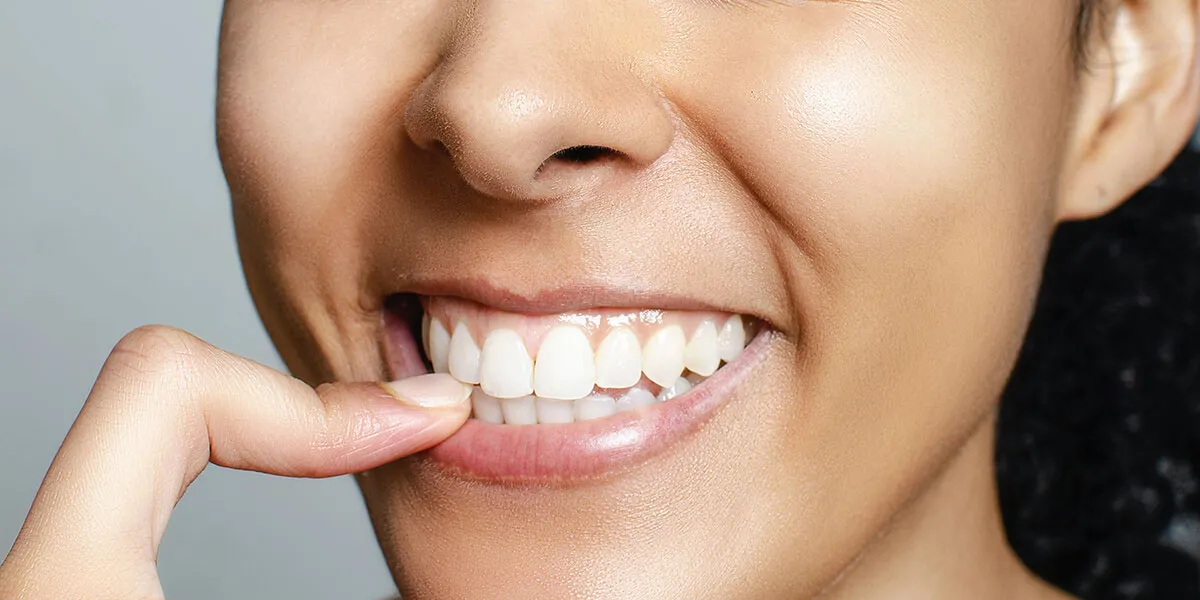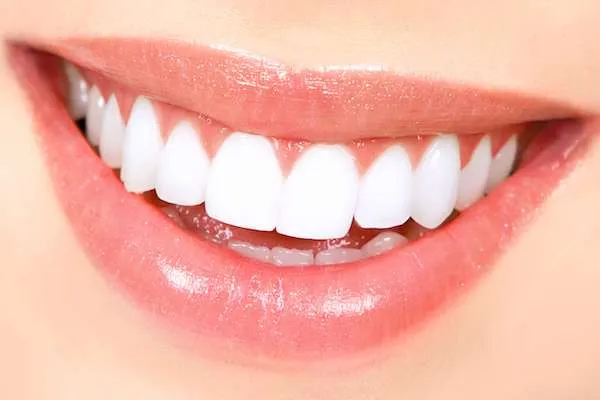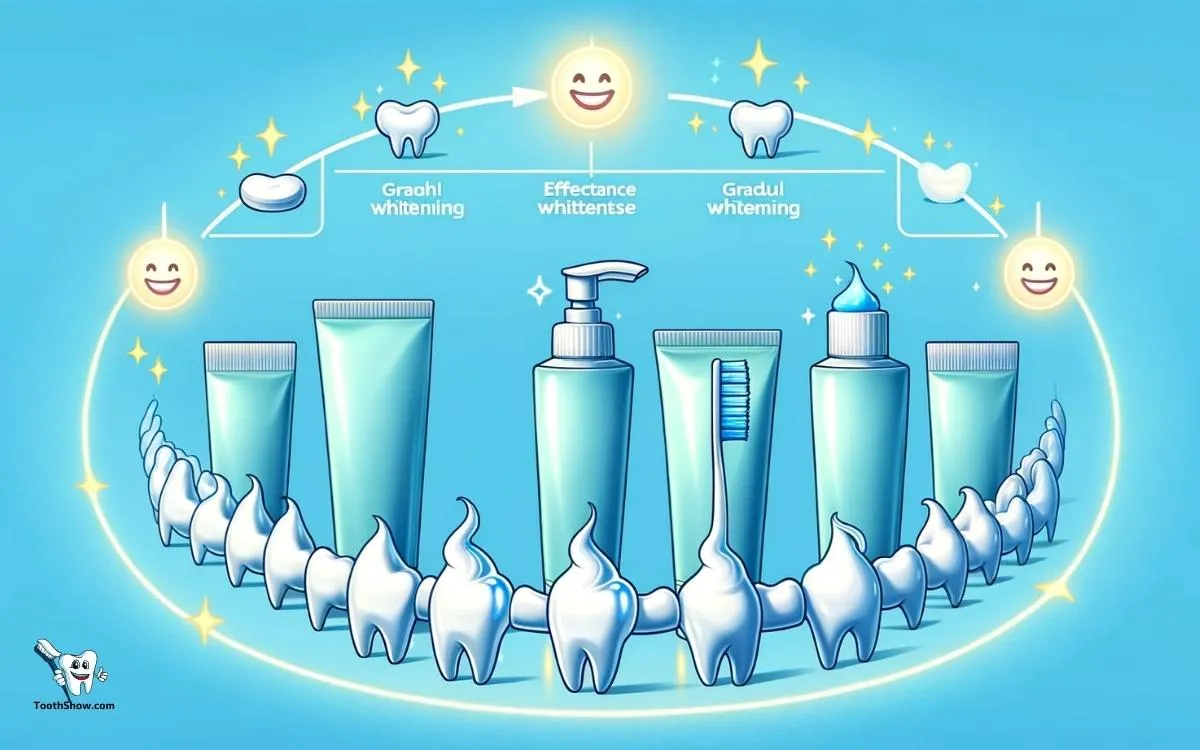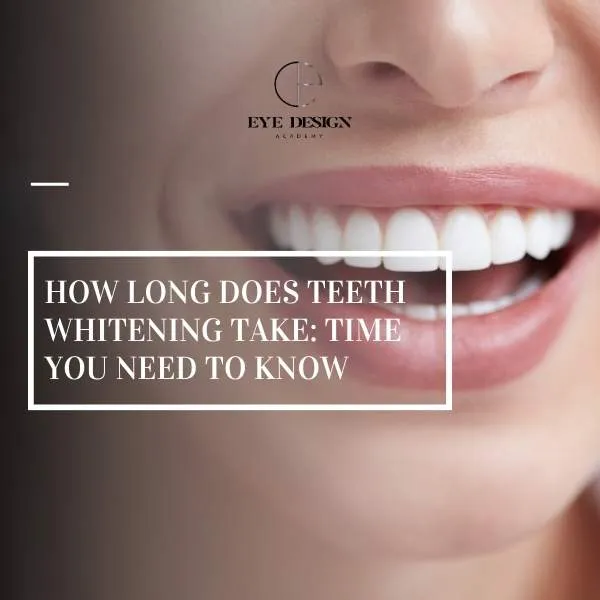What is Teeth Whitening?
Teeth whitening is a cosmetic dental procedure designed to lighten the shade of your teeth, improving the appearance of your smile. It works by removing stains and discoloration from the enamel, the outer layer of your teeth, resulting in a brighter, more youthful look. The process involves the use of bleaching agents, typically hydrogen peroxide or carbamide peroxide, which break down the stain molecules. Several factors influence how long teeth whitening takes to work, including the type of whitening method used and the severity of the staining. Understanding these factors helps set realistic expectations and achieve the best possible results. The goal of teeth whitening is to enhance your smile and boost your confidence by giving you a whiter, more radiant appearance.
Types of Teeth Whitening
There are two main categories of teeth whitening treatments available in-office and at-home methods. Each method uses different techniques and products, impacting the speed and effectiveness of the whitening process. Selecting the right type of whitening depends on your individual needs, budget, and desired results. Consulting with a dentist is always recommended to determine the best approach based on the condition of your teeth and the type of staining you have.
In-Office Whitening

In-office teeth whitening, also known as professional teeth whitening, is performed by a dentist in their clinic. This method typically involves a high concentration of bleaching agents, leading to faster and more dramatic results compared to at-home treatments. The procedure is carefully monitored by a dental professional to ensure safety and minimize potential side effects such as teeth sensitivity. In-office whitening offers a convenient option for those seeking immediate results and is particularly effective for stubborn stains.
How Does In-Office Whitening Work?
During in-office whitening, the dentist first prepares your teeth by cleaning them to remove any plaque or debris. A protective barrier is then applied to your gums to prevent irritation from the bleaching agent. The whitening agent is applied to your teeth, and a special light or laser may be used to enhance the bleaching process. The treatment usually lasts about an hour, and multiple sessions may be needed to achieve desired results. The dentist closely monitors the process, ensuring optimal results and patient comfort. Results are often noticeable immediately after the procedure, providing a significant boost to your smile’s brightness.
Benefits of In-Office Whitening
In-office whitening offers several advantages. Firstly, it provides rapid results, often whitening teeth several shades in a single session. Secondly, the treatment is performed under professional supervision, reducing the risk of complications and ensuring the safety of your teeth and gums. In-office treatments are also more effective for treating severe stains compared to at-home methods. It’s a convenient choice for individuals looking for a quick and significant improvement in their smile’s appearance, with the added benefit of professional care and guidance throughout the process.
At-Home Whitening

At-home teeth whitening involves using whitening products in the comfort of your home. This method is generally more affordable and convenient than in-office treatments. There are various options available, including over-the-counter products and professional take-home kits provided by your dentist. While at-home whitening might take longer to show results compared to in-office treatments, it provides a flexible option for maintaining and enhancing your smile’s brightness over time.
Over-the-Counter Products
Over-the-counter (OTC) teeth whitening products include whitening toothpastes, strips, and gels. These products are easily accessible in drugstores and supermarkets. Whitening toothpastes contain mild abrasives and chemicals to remove surface stains, while whitening strips and gels use lower concentrations of bleaching agents. OTC products are a cost-effective option for minor stains and maintenance. The results are usually gradual, and it is essential to follow the instructions carefully to achieve the best outcomes and avoid any potential sensitivity.
Professional Take-Home Kits
Professional take-home whitening kits are provided by your dentist. These kits include custom-fitted trays designed to fit your teeth perfectly, ensuring that the whitening agent comes into contact with all surfaces evenly. The dentist provides a stronger bleaching agent than OTC products, resulting in more noticeable whitening. The dentist will guide you on using the kit correctly and monitor your progress. This method provides a balance between professional care and the convenience of at-home treatment, offering significant improvement in teeth brightness with the added assurance of dental supervision.
Factors Influencing Teeth Whitening Time

Several factors influence how long it takes for teeth whitening to produce visible results. Understanding these factors helps in managing expectations and determining the best approach for achieving your desired smile. The nature of the stains, the strength of the whitening agent, and the individual’s tooth sensitivity are key elements that impact the speed and effectiveness of the whitening process. By considering these factors, you can make an informed decision about the most suitable whitening method and manage the process effectively.
Tooth Staining and Discoloration
Tooth staining and discoloration can be caused by various factors, and these factors impact the effectiveness and duration of the whitening process. Surface stains, such as those caused by coffee, tea, or smoking, are usually easier to remove than intrinsic stains, which are deeper within the tooth structure. Understanding the cause of the discoloration is crucial for choosing the right whitening treatment. Identifying the type of stain helps in setting realistic expectations and selecting the most effective approach to achieve desired results. Different stains respond differently to whitening treatments.
Type of Stain
The type of stain greatly influences the whitening time. Extrinsic stains are on the tooth surface and often result from food, drinks, and tobacco. These stains usually respond well to at-home treatments like whitening toothpastes and strips. Intrinsic stains, which are within the tooth structure, may be caused by aging, trauma, or medications. These stains are often more difficult to remove and may require professional treatments. Certain stains may need multiple sessions or stronger whitening agents to achieve noticeable results. This understanding of the stain types guides the choice of the most appropriate whitening method.
Severity of Stain

The severity of the tooth stain is a major factor in determining how long whitening takes. Light staining may be addressed quickly with at-home methods and yield results within a few days or weeks. Severe staining, especially from long-term habits like smoking or heavy coffee consumption, will require more intensive treatments, possibly multiple sessions of in-office whitening, and the results may take longer to achieve. Assessing the severity of the stain helps in planning the treatment duration and choosing the most effective whitening approach for achieving the desired degree of brightness.
Whitening Product Strength
The strength of the whitening product also significantly impacts the timeline. In-office treatments use high concentrations of bleaching agents, producing rapid results, sometimes within a single session. At-home products have lower concentrations of bleaching agents. Whitening toothpastes and strips usually have the mildest concentrations, while professional take-home kits have stronger formulas. The higher the concentration, the faster the whitening process, but this also increases the risk of teeth sensitivity. Considering the concentration of the product helps to balance the speed and potential side effects of the whitening process.
Teeth Sensitivity
Teeth sensitivity can also influence the duration and the type of whitening treatment. Individuals with sensitive teeth might experience discomfort with high-concentration whitening agents. In such cases, a dentist may recommend lower-concentration products or shorter treatment sessions. The use of desensitizing agents, such as fluoride, can help minimize discomfort. Managing sensitivity might prolong the overall treatment time, but it ensures a more comfortable and manageable experience. The dentist will consider the individual’s sensitivity to determine the appropriate treatment plan.
Following Instructions

Following the instructions provided by your dentist or the product manufacturer is crucial for effective teeth whitening and can affect the overall timeline. This includes adhering to the recommended duration of application, the frequency of use, and any specific care instructions. Ignoring these guidelines can lead to slower results or even unsuccessful whitening. Consistency and proper use are key factors in achieving the best possible outcome within a reasonable time frame. Ensure you understand and follow all instructions to optimize your whitening treatment.
Maintenance and Aftercare
After teeth whitening, proper maintenance and aftercare are essential to preserve the results and prevent new stains. This includes adopting habits that minimize the risk of new stains. Following these guidelines will help maintain your bright smile for a longer period. Regular dental check-ups and cleanings are also important for maintaining the results of teeth whitening and ensuring good oral health. The aftercare routine is a key component in the longevity of the whitening results.
Post-Whitening Sensitivity
Teeth sensitivity is a common side effect after teeth whitening. This can range from mild discomfort to sharp, temporary pain. Using toothpaste designed for sensitive teeth can alleviate the issue. Avoiding extremely hot or cold foods and beverages immediately after whitening can also help reduce sensitivity. If sensitivity persists or becomes severe, consult your dentist for advice. Post-whitening care includes desensitizing treatments and maintaining good oral hygiene to keep your teeth healthy and comfortable.
Long-Term Results and Maintenance

The long-term results of teeth whitening depend on several factors. This includes your lifestyle habits, such as avoiding stain-causing foods and drinks like coffee, tea, red wine, and tobacco. Maintaining a regular dental hygiene routine, including brushing twice a day and flossing daily, is essential. Touch-up treatments may be needed over time to maintain the brightness of your smile. With appropriate maintenance, the results of teeth whitening can last for several months to years, ensuring your teeth remain bright and your smile continues to shine.
